7 Ways How Your Small Business Can Leverage RCS for Growth

It’s not a hidden fact that marketing and communication are crucial parts of running a business successfully. Imagine how difficult it would be to share useful information, promote your products or services, and provide customer support if you didn’t have a direct line of communication with your contacts.
Having said that, there are countless messaging platforms you can consider for sending direct messages to your customers. For example, you can go for SMS, WhatsApp, Messenger, or even emails. However, in this blog post, I’ll tell you about a communication channel that has recently started to gain traction and has the potential to be a game changer in the future.
You guessed it, RCS!
In simple terms, RCS is the upgraded version of SMS, and it is bound to replace SMS down the line. It supports various modern features that you will find in other OTT apps, including typing indicators, read receipts, multimedia sharing, stickers, videos, GIFs, and more.
So, if you are a startup or a small business torn between RCS vs. SMS, this article is meant for you. In this article, I will explain what RCS messaging is, the benefits it offers, and the 8 best ways to use it to scale your business.
What is RCS messaging?
RCS, or Rich Communication Services, is a much more engaging and interactive channel designed for Android users, but it will soon be available on Apple devices in the upcoming iOS 18. It lets you reach out to your customers effectively. Some of the key features of RCS messages are:
- Rich cards with multimedia attachments
- Typing indicator and read receipts
- CTA buttons
- Carousel cards to showcase multiple products
These features are not supported by traditional SMS messages, and you would have to get an OTT communication app like WhatsApp or Messenger to access them.
On top of the modern functionality, RCS also includes group chat capabilities, allowing you to converse with multiple people at once and bring your customers up to speed with a single message.
Another aspect that makes RCS a better choice is the fact that it is connected with other apps, letting you make the most of your outreach. For instance, you can share locations via RCS messages that your customers can access using the in-built map application.
Overall, RCS is a universal messaging channel, where you can have engaging conversations with your customers while maintaining a flow and viewing your past messages altogether. Plus, after its adoption by Apple, both Android and iOS users will be able to have cross-platform communication without needing a third-party messaging app.
How can your business benefit from RCS?
There are multiple advantages to using RCS for your small business. For example, it enables you to send interactive messages containing eye-catching images and videos, see whether your message has been read, or provide customers the power to take action directly from the app.
That being said, let’s look at some of the other benefits that RCS offers to small businesses:
Boost conversation rates with enhanced engagement
RCS is a multiple-faceted messaging channel that comes with better engagement functionality for having highly interactive conversations with your customers and encouraging them to move on to the next stage of the sales pipeline.
As I mentioned above, since RCS messages are delivered straight to the Messages app on your customers’ smartphones, they can work with other apps like maps, browsers, or any other external app to streamline conversions.
Also, you can customize your messages so your customers can see the “Suggested replies” buttons to send quick responses to your messages. These buttons ensure that customers can keep the conversation going without having to type in messages manually.
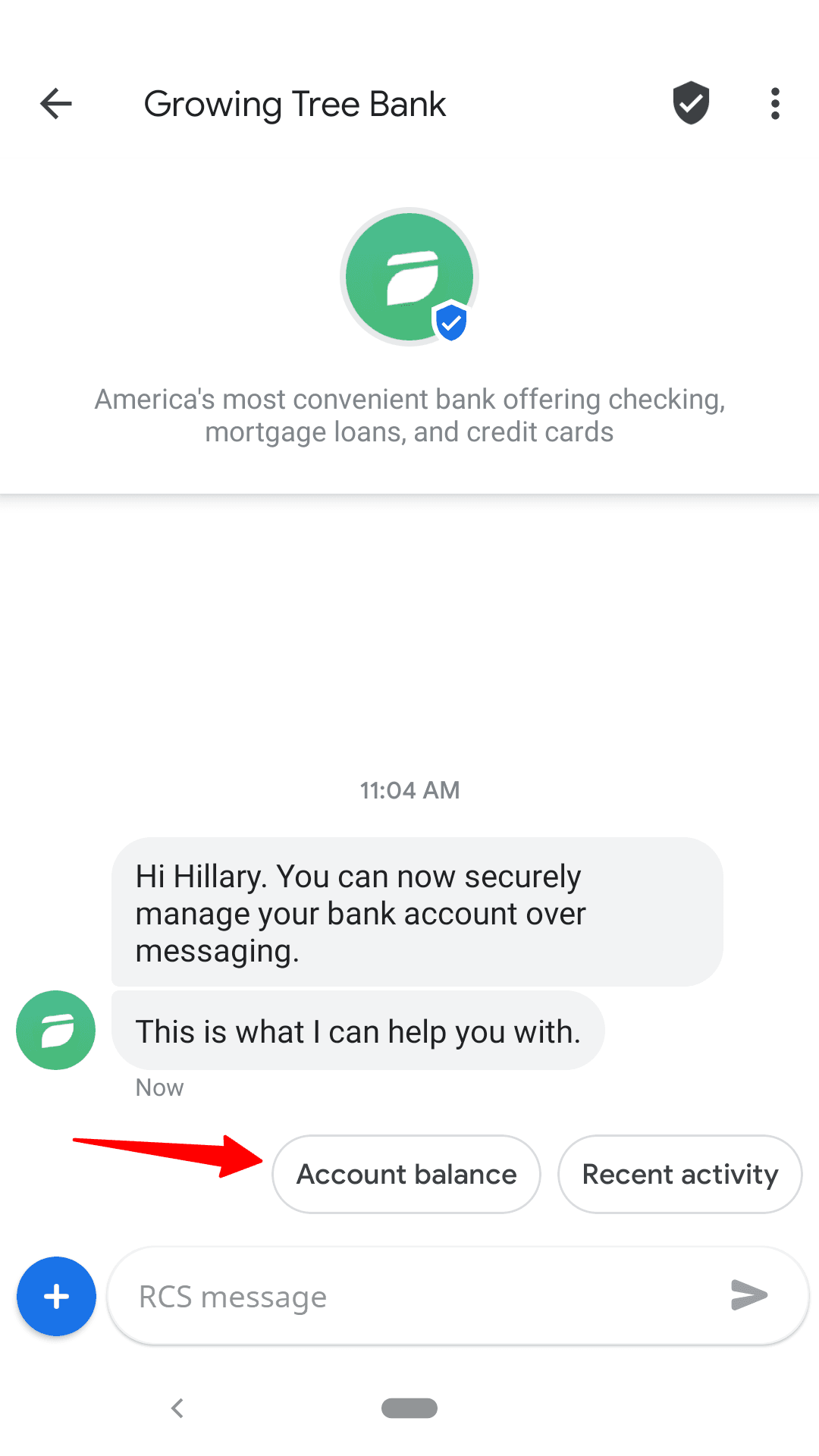
Use Zixflow to engage customers on their preferred channel and skyrocket engagement rates to new heightsSchedule a Demo
Use Zixflow to engage customers on their preferred channel and skyrocket engagement rates to new heights
Schedule a DemoEnhanced communication
RCS, unlike SMS, enables you to create groups and chat with all the members at once, enhancing communication and building a community. Also, creating group chats allow you to segment customers into relevant groups to further personalize your messaging for more conversions.
Group chats serve as a forum where you can send important brand-related news, recent events, and marketing messages or offer prompt customer support instantly. This fact cuts down the manual work of sending messages multiple times and ensuring that customers receive these updates as soon as possible.
Not just that. You can use these groups to have internal communication with your team members. Since they are part of your company’s RCS group chat, they can receive company-wide announcements or crucial updates all at once. This way, you can eliminate the formation of knowledge silos and bring every member up-to-speed, thereby improving overall sales performance.
Credible and trusting channel
RCS is designed like OTT platforms, where customers can see the business’s profile to verify if it is a legitimate business sending messages to them. This is different from traditional SMS messages that don't provide any information about the sender.
Additionally, RCS messages include your brand’s logo and a checkmark to reassure customers that you are an approved business. Plus, your chats are end-to-end encrypted so your customers don’t have to worry about potential security breaches and can converse with you with peace of mind.
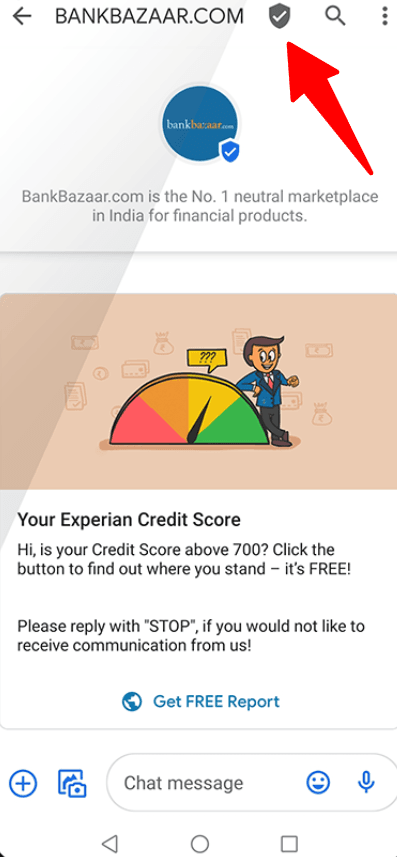
Real-time reporting
If you are running RCS campaigns, then you need to continuously monitor the right KPIs to understand how well they are doing, so you can modify them accordingly (or leave them as is if everything is going well) to boost sales engagement.
By going to the Business Communications Developer Console and logging in to your RBM Google account, you can access the analytics of your RCS agent. Here, you can track various engagement and delivery metrics like, messages sent, read and response rates, and much more.
Ways to leverage RCS to grow your business
Having learned the benefits that RCS offers to your business, now it’s time to check out the various ways in which you can utilize it to scale your small business and drive conversions effectively.
Engage your customers with attractive messages
The best feature of RCS messages is the fact that you can send attractive and engaging messages to your customers. As a small business, you are on a limited budget, so it’s crucial that you make the most of the messages you send. And RCS allows you to do that precisely.
For example, if you are an e-commerce business, you can send marketing RCS messages containing pictures, carousel cards for simplified browsing, videos to give a demo of the product, and action buttons for easy order confirmation.
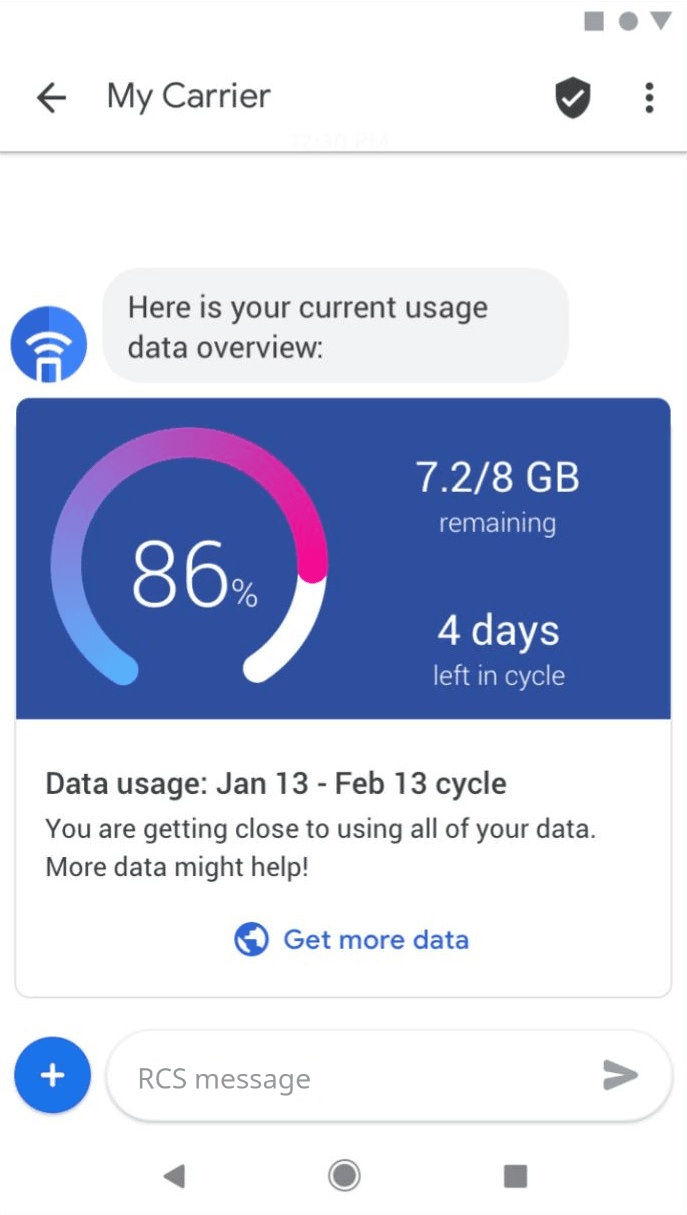
In addition to that, you can personalize your messages by accessing chat history and using it to gain insights about your customers’ interests and preferences. A great example of this is sending an exclusive discount message on special occasions to drive conversions. This kind of targeted conversation allows you to boost engagement levels and foster trustful relationships with your buyers.
Streamlined customer care
With RCS, you can smoothly provide customer assistance in real time by integrating it with conversational chatbots. The chatbots make sure that your customers get instant replies to their questions, allowing you to optimize your customer support framework.
Plus, you can leverage the capabilities of RCS to attach rich media files to your messages to offer in-depth support to handle a wide range of queries effectively. For instance, if you are running an apparel store, you can utilize RCS to send various size charts or video tutorials on how your customers can style their purchases.
Set up automation flows via Zixflow to streamline customer care and offer a prompt resolution to their issuesBuild Automated Flows
Set up automation flows via Zixflow to streamline customer care and offer a prompt resolution to their issues
Build Automated FlowsRunning promotional campaigns
Marketing via RCS offers a dynamic and engaging alternative to traditional SMS campaigns. Using RCS, you can incorporate multimedia elements such as images and videos, to create visually appealing and interactive marketing messages that not only capture the attention of customers but also compel them to take action.
In fact, RCS campaigns have been shown to achieve significantly higher engagement rates compared to SMS. According to MEF, 90% of RCS messages are opened in the first 15 minutes. Plus, the recipients interact with them for up to 45 seconds.
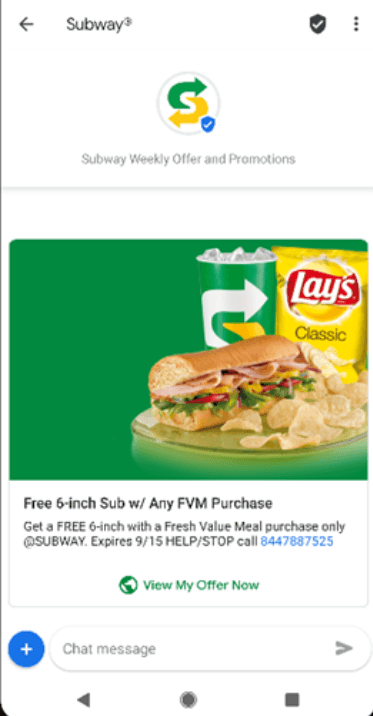
Streamlined business operations
RCS can play a pivotal role in streamlining various operational aspects of a small business, such as meeting reminders and confirmations are one such application.
By sending interactive RCS messages, you can allow customers to confirm, reschedule, or cancel appointments with a simple tap, reducing no-show rates and improving sales efficiency.
Automated notifications and updates are another area where RCS shines. For example, you can use RCS to send real-time tracking updates, ensuring customers are informed about the status of their orders at all times. This way, you can not only enhance the customer experience but also reduce the burden on your customer-facing teams.
Asking for feedback
Collecting customers’ feedback is essential to continuously improve your business processes and simplify your sales operations. You can send out surveys and interactive questionnaires containing MCQs or direct responses from your customers.
On top of that, the interactive nature of RCS surveys can lead to higher response rates using the “suggested replies” feature, where customers can submit their feedback without even having to type anything.
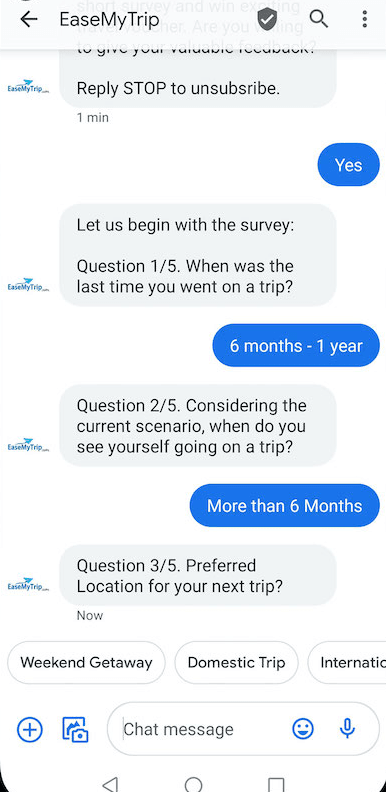
The best time to ask for feedback from your customers is after they have ordered something from your business or had a service interaction, you can send tailored RCS messages asking for immediate feedback on the experience. This allows you to quickly address any issues and demonstrate your commitment to providing top-quality customer satisfaction.
Sending transactional updates
RCS can greatly increase the delivery of transactional messages, including order confirmations, payment reminders, and receipts. Unlike plain text SMS that only thank the customer for purchasing, or provide basic information about their purchase, RCS allows you to include detailed information, images, and interactive elements in these messages, making them more informative.
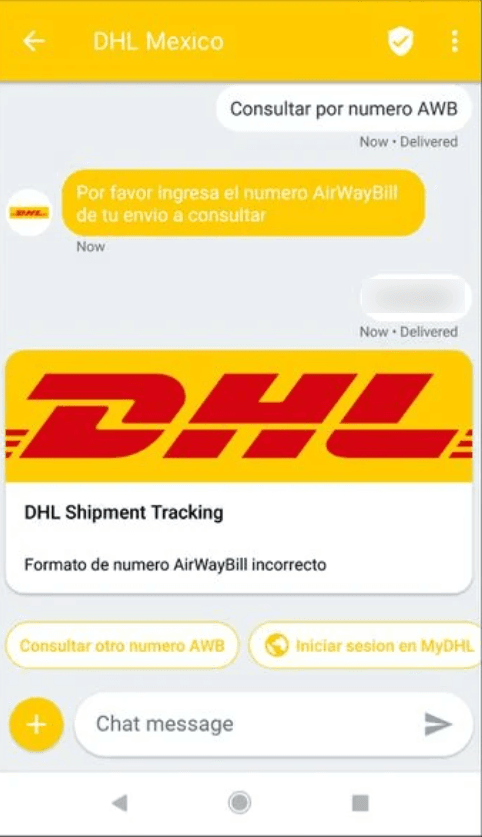
Not just that. The payment reminders can include actionable buttons for making payments directly from the message, simplifying the payment process for customers and reducing the risk of missed payments.
Building brand loyalty
Building long-term customer relationships is crucial for small business growth, and RCS can act as an intermediate channel for fostering brand loyalty.
By running loyalty programs and rewards you can communicate effectively through RCS, giving your customers a more engaging way to participate.
Another way to help you build a solid community around your brand is to send personalized offers and discounts to encourage engagement. By analyzing customer data, you can send tailored offers that resonate with individual customers, letting you maximize customer retention to keep them coming.
For example, you send information about events, new arrivals, and personalized recommendations to establish a loyal customer base and increase repeat visits.
Leverage RCS to grow your small business
RCS is a powerful channel to enhance customer engagement, improve support, streamline operations, gather valuable feedback, and build long-term customer relationships that allow you to scale your business via a relationship-selling methodology.
By utilizing the interactive and multimedia capabilities of RCS, you can create dynamic and engaging communications to drive success and generate more sales.
As it is quickly gaining attention in the industry, the future of business communication is bright with RCS, and as a small business, you can adopt this technology early to gain a competitive edge in your market.
So, now is the time to think about the potential of RCS and the possibilities it can offer you to take your company to the next level.
